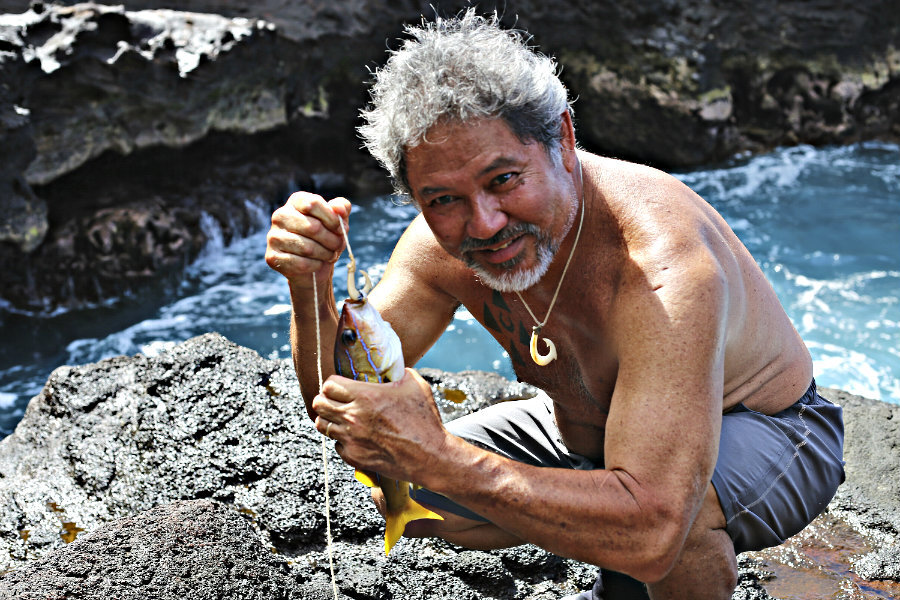Obama's latest conservation legacy: A humongous ocean reserve
Loading...
President Obama seems determined to solidify his legacy as an environmentalist as he travels to Hawaii this week in order to announce the dramatic expansion of an existing marine sanctuary, making it the largest protected ocean area in the world.
That sanctuary, named Papahānaumokuākea, will expand to 582,500 square miles of protected ocean landscape on Friday, a move that has drawn both praise and criticism from environmentalists and fishermen, respectively.
Marine sanctuaries like Papahānaumokuākea "offer a glimpse of what our planet was like before the impacts of human activity, and it is critical that we preserve places in this way, both as a window to the past and for future generations," said Matt Rand, the program director for Pew Charitable Trusts' Global Ocean Legacy program, according to The Washington Post.
While some activities, including recreational fishing and research endeavors, will be allowed in the sanctuary, commercial fishing and drilling is now prohibited in about 60 percent of the federal waters off the coast of Hawaii, one fisherman told the Post.
Papahānaumokuākea is home to almost two dozen species protected by the US Endangered Species Act, from the Hawaiian monk seal to the green sea turtle. It also contains the largest tropical seabird gathering site in the world, a seasonal home for 14 million birds.
And the area may have an even more diverse wildlife population. A research expedition to the sanctuary last year discovered as many as 50 species that were either previously unknown, or not known to live in the area, according to the Post.
The sanctuary also contains massive coral reefs and Midway Atoll, the site of one of World War II’s best known naval battles. Mr. Obama will visit Midway next week.
Papahānaumokuākea was established as a 140,000 acre sanctuary by former US President George W. Bush, making it the largest marine sanctuary at the time. Many are hopeful that this most recent expansion will lead other areas to follow in their footsteps.
"We think of Papahānaumokuākea's original designation as a catalyst, and we're hoping it will be again," Seth Horstmeyer, Pew's Global Ocean Legacy director, told Reuters.
Some, however, are less happy about the designation, which forces commercial fishermen out of the area. The impetus for expanding the sanctuary came from a number of environmental groups and native Hawaiians, which worked with Sen. Brian Schatz (D) of Hawaii to protect more of the sanctuary. Yet local fishermen question the fairness of closing off the area.
"Excluding American citizens from American waters and forcing in this case fishermen onto the high seas to do their business – something just doesn't quite sit right," Sean Martin, the president of the Hawaii Longline Association, told Reuters.
The longline fishermen who use the area for tuna say that their fishing practices are already governed by strict governmental regulation.
Obama has used the authority granted by the Antiquities Act to conserve a number of natural sites over the years, but the use of executive power has led to criticism of many of his conservation initiatives. Just this week, Obama designated 87,500 acres in Maine's North Woods as a new national monument.
For environmentalists, however, the decision to protect more waters off of Hawaii – where Obama grew up – is a positive step towards environmental conservation and fighting climate change.
"We are part of this place, we're not the beginning of this place," Sol Kaho'ohalahala, a seventh-generation Hawaiian, told Reuters. "Our responsibility is really as a people now how to care for this place."
This report includes material from Reuters.








